Who is Chuchundra, or How Kipling's Translators Made a Mistake
Categories: Animals | Asia | Culture
By Pictolic https://mail.pictolic.com/article/who-is-chuchundra-or-how-kipling39s-translators-made-a-mistake.htmlSince early childhood, we all know the story "Rikki-Tikki-Tavi" from the collection "The Jungle Book". The English writer Rudyard Kipling created a memorable story, but over time, many details of the plot and the names of the characters were forgotten. But almost everyone remembers Chuchundra, a muskrat. Her unusual name, reminiscent of an offensive nickname, has become a household word. Chuchundra is the popular name for unkempt, untidy people, and most often this word is used for females. Few people thought about where Kipling got this name and what its true meaning is.
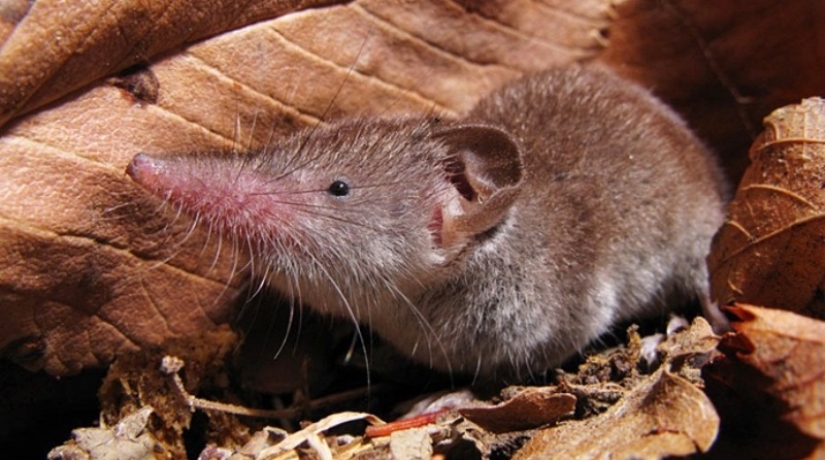
It is worth noting that in India, despite the richness and diversity of the animal world, there are no muskrats. We call this animal simply - a muskrat. Rudyard Kipling, who, by the way, was born in the Indian city of Bombay, was not only a writer, poet and journalist, but was also deeply interested in nature and was a naturalist. So, he could not help but know about this fact.
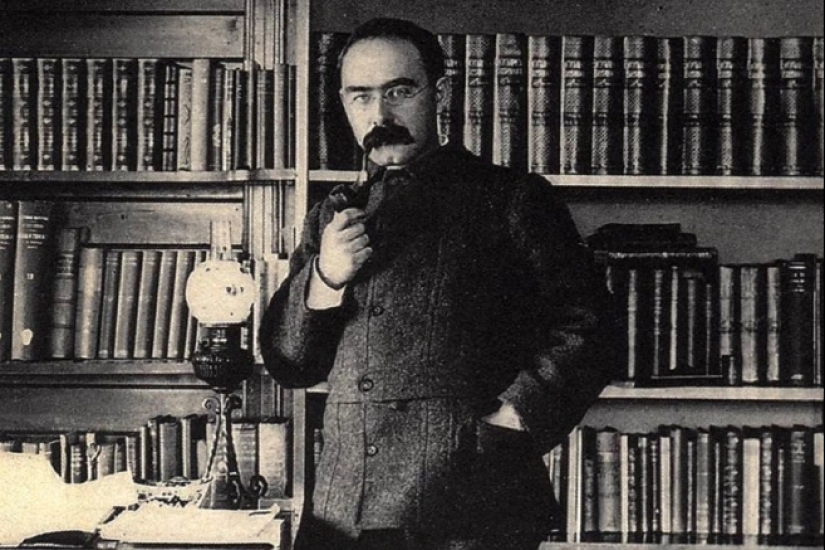
Rudyard Kipling spent his childhood surrounded by scientific books and exhibits in the natural history museum that his father ran. As a result, when he wrote about an animal, he knew exactly what it looked like and what it was called. The translators made Chuchundra a muskrat. Perhaps they couldn't figure out the animal's real name or decided to simplify the story for readers who weren't familiar with zoology.
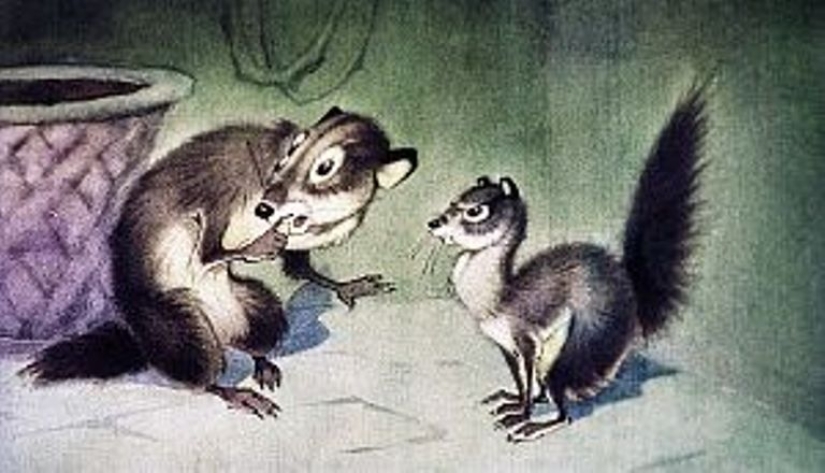
In fact, the writer had in mind the giant shrew, also called the musk shrew. This is known for sure, because in Hindi this animal is called "chuchunder" or "chuchundar". Kipling simply used the Indian name, without inventing anything new.
If the translators had indicated that Chuchundra is a musk shrew, young readers living north of Hindustan might have had questions. After all, this little animal lives in India, throughout Southeast Asia, on the islands of the Malay Archipelago, in southern China and Madagascar. It can also be found on some southern islands of Japan, where it was brought by people back in the 15th century.
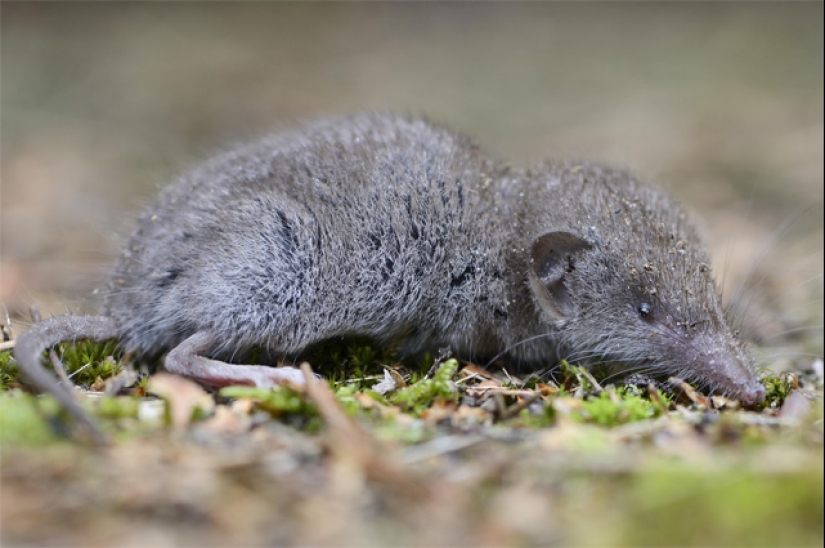
The giant white-toothed shrew looks like the shrews that can be found all over the world. But the Indian chuchundra is noticeably larger and has a more elongated body. It reaches 15 centimeters in length, and even 25 centimeters with the tail. The female of this species is half the size of the male. The body of the animal is covered with thick short fur: it is dark gray on top, and whitish on the underside of the body. However, sometimes there are brown and even black individuals.
The head of the musk shrew is very elongated and smoothly turns into a thin, mobile snout, characteristic of these animals. It is strewn with sensitive vibrissae, which help the animal navigate underground, where complete darkness reigns. The eyes of the chuchundra are tiny, like beads. The paws are similar to those of a rat, but much more powerful.
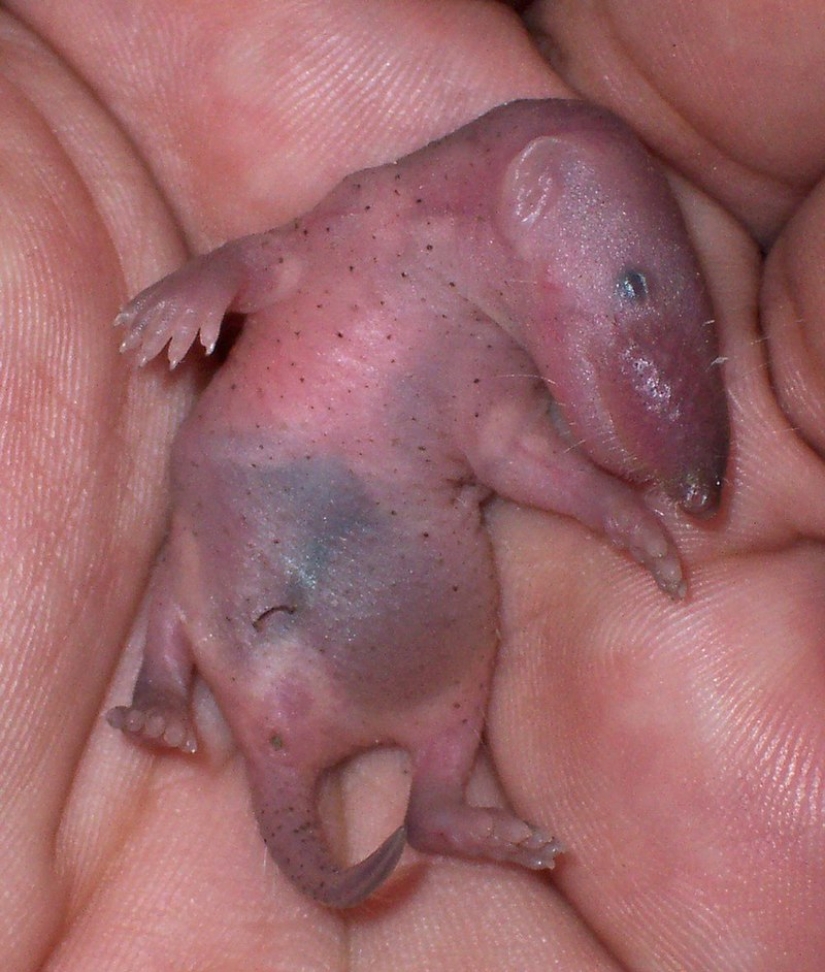
The musk shrew got its name from the strong unpleasant smell of musk. It is secreted by special glands, which are better developed in males. This smell accompanies the shrew everywhere and can be felt even where it simply ran. The voice of these animals is also nasty - similar to a loud grinding squeak. The shrew feeds on small mammals, worms and larvae.
The musk shrew can hardly be called a cute animal - you would hardly want to pet it. But the chuchundras are not sad at all. They prefer a secretive lifestyle, avoid people and are still very poorly studied by science. In the places where these animals live, they try not to touch them. The meat of these animals cannot be eaten even during hunger, but they bring a lot of benefits.
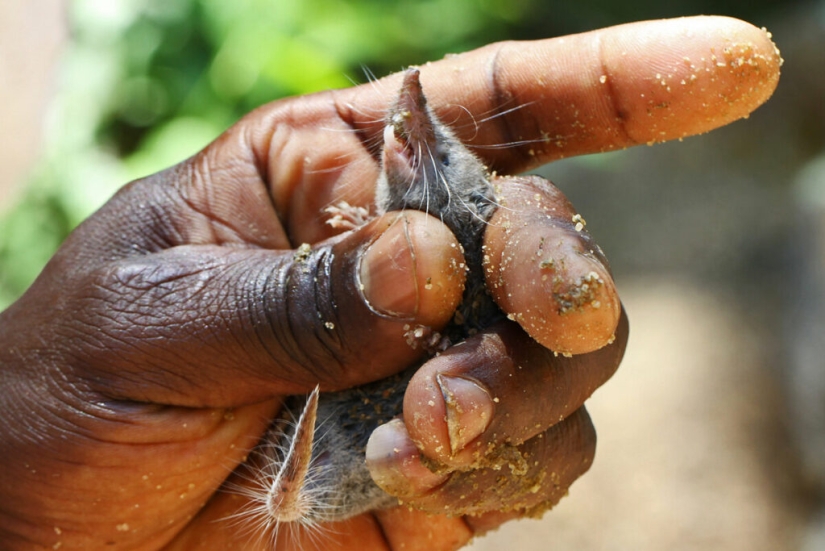
Musk shrews are excellent at protecting crops from pests, both small mammals and invertebrates. But that's not all. Relatively recently, biologists have found that chuchundras prevent... the spread of plague. As is known, India is still a region where there is a risk of this disease. The main carriers of the plague are rats, which never settle near shrews.
There is a real deadly war between these animals, which look similar, and the shrews almost always come out on top. The more chuchundras live in the area, the less chances the locals have of catching the plague. Unfortunately, the external resemblance to rats does not work in the chuchundras' favor. Hindus do not kill these animals on purpose, but often confuse them with rats. In addition, these rodents regularly become prey for domestic dogs and cats.
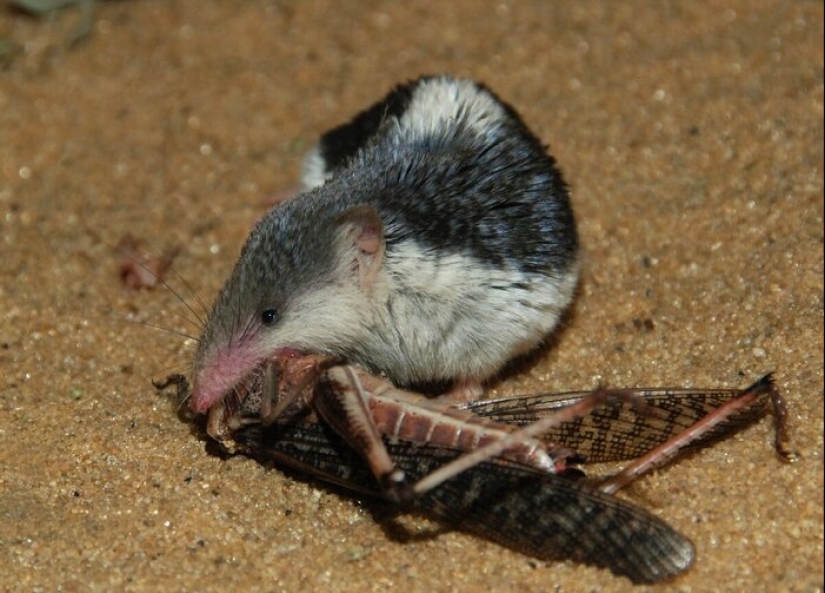
Now, knowing the real story of Chuchundra, it becomes clear that this little animal is not so bad after all. What do you think about the fact that literary images and translations change our perception of the real world? Have you noticed other examples of such distortions? Share your thoughts in the comments!
Recent articles

Igor Lomov, a designer and illustrator from Russia, is known online under the nickname Blik_47. His works are girls, aggressive and ...

Everyone knows: a book is the best gift. But how many books can you give to bibliophiles, who probably already have everything? In ...

Have you noticed that in some films the names of the characters given to them by the authors carry their own meaning? Yes, these ...